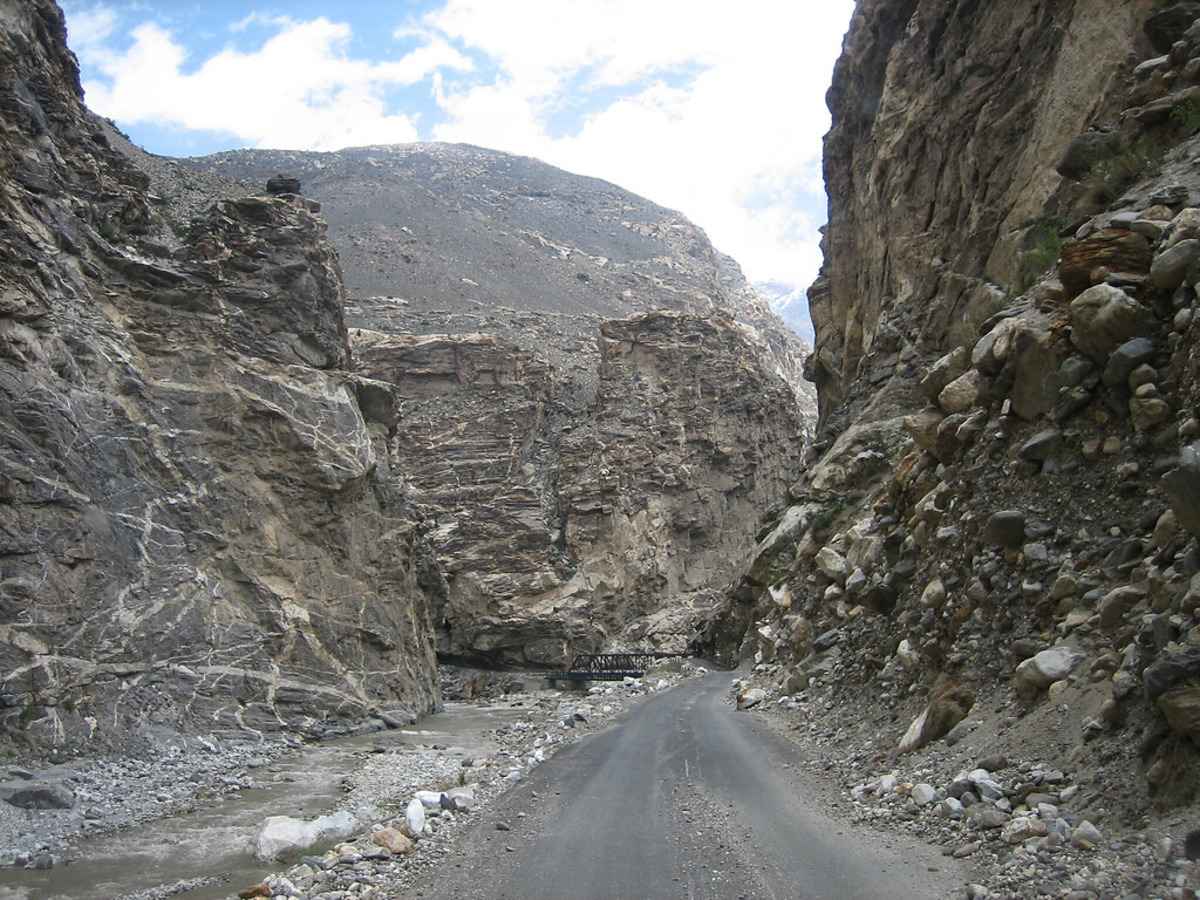Himachal Pradesh has officially opened the Shipki La Pass—perched at 3,930 metres in Kinnaur district—for domestic tourists. Spearheaded by Chief Minister Sukhvinder Singh Sukhu, this landmark move is designed to revitalise border tourism, rekindle India-China trade, and potentially establish a new route for the Kailash Manasarovar Yatra, a spiritual journey cherished by many.
Historical Significance of Shipki La Pass
Historically, Shipki La functioned as a bustling trade corridor linking India and Tibet. Indian traders exchanged items like textiles and tools for Tibetan goods such as wool and herbal medicines. This vibrant trade route came to a standstill after the 1962 India-China conflict, but its legacy remains embedded in the region’s identity.
Recent Moves to Unlock the Region
After decades under strict security protocols, the decision to open Shipki La follows key approvals from the Ministry of Defence. The move aligns with broader efforts to make border zones more accessible. Notably, CM Sukhu became only the second Himachal CM since 1968 to visit the pass, signalling a renewed focus on regional development and tourism-driven employment.
Economic Upliftment on the Horizon
The reopening promises to boost the local economy. According to Chief Minister Sukhu, increased tourist flow will generate job opportunities, especially in border villages. Local traders are enthusiastic, seeing the move as a long-awaited chance to reignite traditional commerce.
Cultural Bridges Through the Mountains
More than just a trade or travel route, Shipki La offers a platform for cross-cultural interactions. For centuries, it supported social and spiritual exchanges between communities in India and Tibet. Historic trade agreements—such as those between Ladakh’s princely rulers and Tibetan authorities—underscore the role of Shipki La as a cultural connector.
What Lies Ahead
There is growing momentum to urge the central government to engage in diplomatic efforts with China for formal resumption of trade. With its multifaceted potential—spanning tourism, trade, and spiritual travel—Shipki La is poised to become a transformational force for the region.
Strategic and Spiritual Value
Strategically located near the Line of Actual Control (LAC), Shipki La is more than an economic or cultural landmark. Its potential role in facilitating the Kailash Manasarovar Yatra adds to its national importance, blending geopolitics with pilgrimage.



